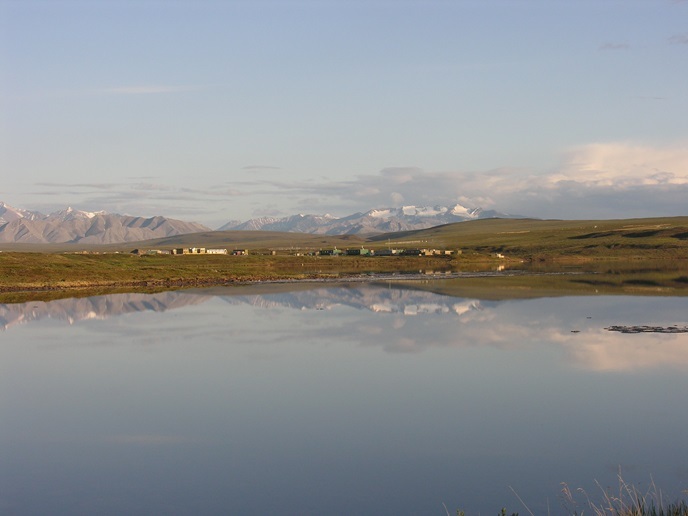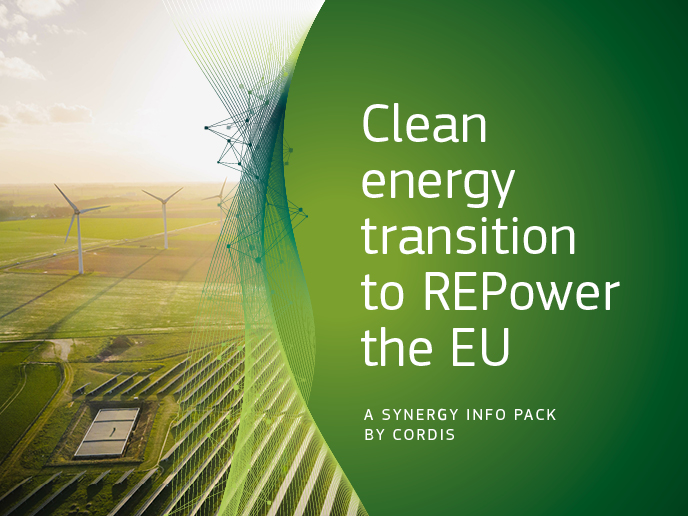Refined ice core analysis informs climate science
Ice cores are the only direct resource available for studying past climatic events. Particles trapped in thin layers of ice offer clues about atmospheric transformations during earlier abrupt climate change (ACC) events. This information is essential for understanding current trends in global warming. The goal of the MICRO-CLIMATE(opens in new window) project, undertaken with the support of the Marie Skłodowska-Curie Actions (MSCA)(opens in new window) programme, was to couple two innovative analysis techniques to better understand what ice cores have to teach us. The laser-ablation inductively-coupled plasma mass spectrometry (LA-ICP-MS) systems provided the necessary tools: One equipped with a unique large cryocell at the Climate Change Institute in Maine and the other for high resolution 2D impurity mapping in ice at the Ca’ Foscari University of Venice.
A focus on Dansgaard-Oeschger events
ACC events have happened throughout geological history, but the underlying mechanics are not fully understood. It is widely accepted that an ACC transition is occurring now, and nowhere on the planet is global warming accelerating as fast as in the Arctic. MICRO-CLIMATE focused specifically on the Arctic ice archive of Greenland, which preserves records going back 115 000 years. Evidence suggests that rapid climate fluctuations, characterised as Dansgaard-Oeschger events(opens in new window), occurred dozens of times during the last glacial period. Evidence of climate fluctuations is preserved in ice cores in the form of atmospheric particles. By studying these particles in the thin sheets of ice that represent ACC events, MICRO-CLIMATE seeks to understand which climate components changed first and which changed after. “One of the crucial tasks to succeed is to understand how ice-impurity interactions can disturb climate signals archived in highly thinned ice. The Greenland ice core we analysed in MICRO-CLIMATE had highly thinned layers and thus provided a good testing ground,” explains project coordinator Pascal Bohleber.
Two techniques for greater resolution
Drawbacks of conventional techniques for analysing ice cores include the destruction of the sample and failure to provide high resolution analysis. MICRO-CLIMATE brought together cryo-Raman spectroscopy and LA-ICP-MS, as described in the journal Geochemistry, Geophysics, Geosystems(opens in new window), to overcome these problems. The LA-ICP-MS offers a micro-destructive, high-resolution approach, but a challenge is avoiding misinterpretation. This requires studying how impurities interact with the ice crystal matrix. The complementary systems used by the project addressed this concern. The LA-ICP-MS system in Maine provided high throughput of ice samples up to a metre in length. The system in Venice provided high-resolution 2D mapping of the location of impurities embedded in the ice. Using the two systems consecutively proved to be a successful approach, according to Bohleber, because they both found the same signals in the ice. “We also invested in testing the calibration of our signals, and these calibration techniques are still used by both labs today,” he reveals. By incorporating the strengths of two research centres, MICRO-CLIMATE points the way for fruitful studies in the future. The project concluded a year early due to the MSCA Fellow receiving a Consolidator Grant(opens in new window) by the European Research Council. This has delayed publication of all the data collected during the project, but it did lead to more detailed investigation of one individual ACC event. And, as Bohleber says, “The good news is that because LA-ICP-MS is micro-destructive, the ice is still there and we will keep analysing it further.”







